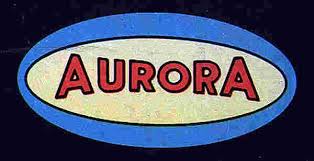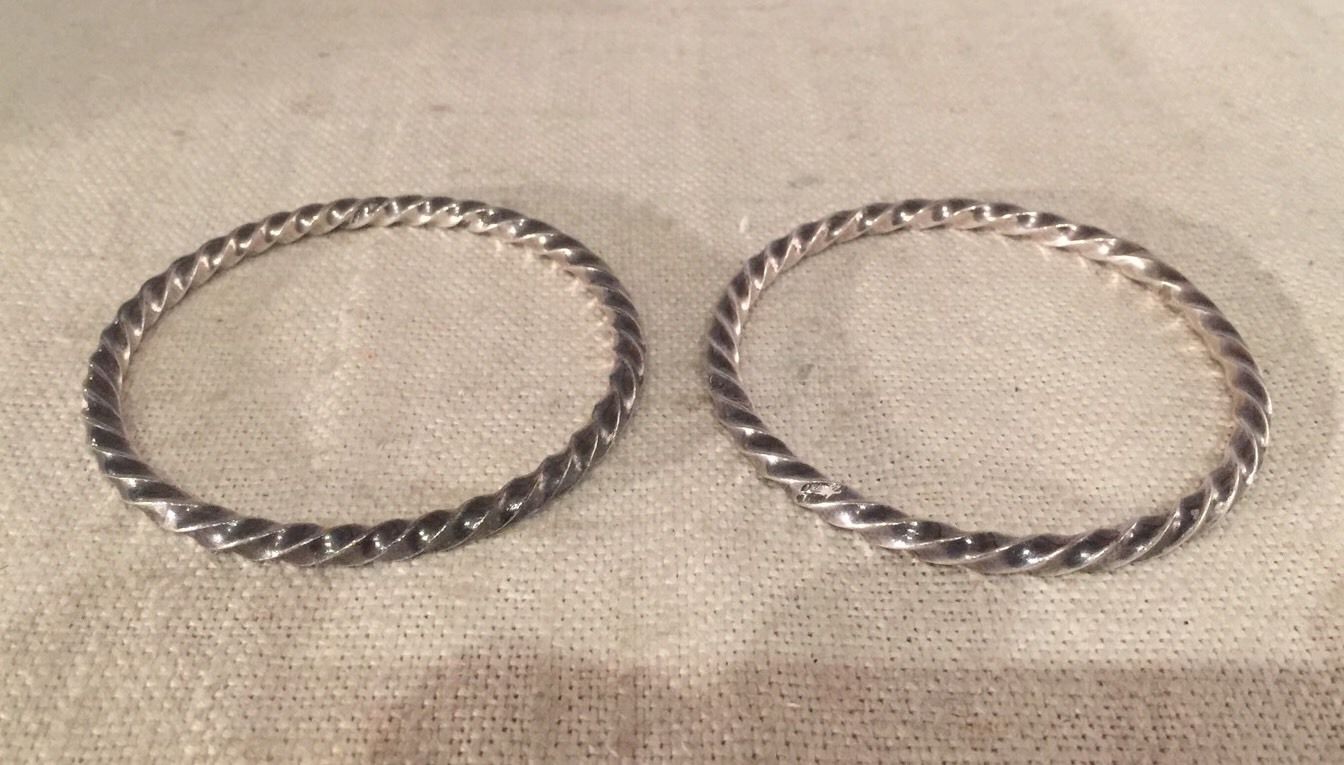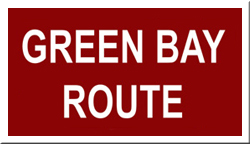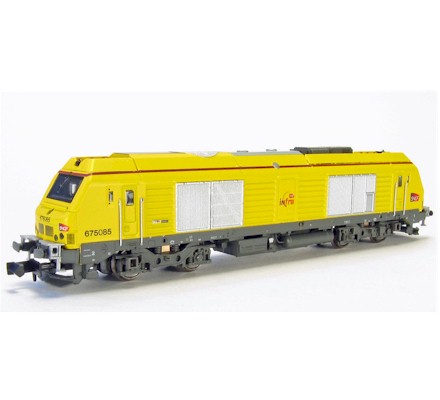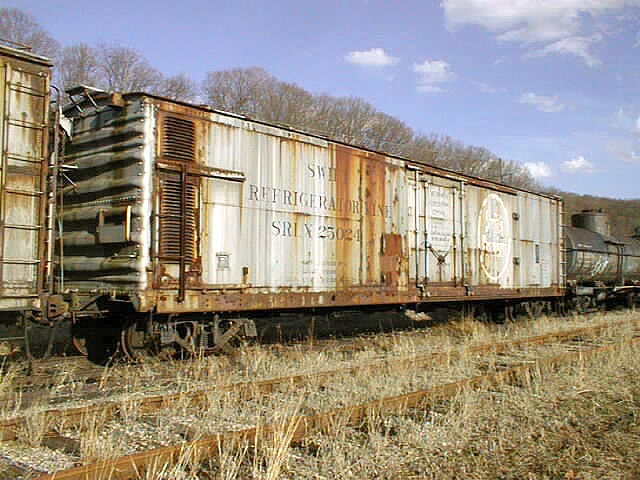Aurora Postage Stamp - 4867 - Reefer, 50 Foot, Mechanical - Armour Refrigerator Line - 1754
Click to see the details
market
Click to see the details
history
| Stock Number | 4867 |
| Original Retail Price | $1.75 |
| Brand | Aurora Postage Stamp |
| Manufacturer | Roco |
| Body Style | Roco Reefer 50 Foot Mechanical |
| Prototype Vehicle | Reefer, 50 Foot, Mechanical (Details) |
| Road or Company Name | Armour Refrigerator Line (Details) |
| Reporting Marks | ARLX |
| Road or Reporting Number | 1754 |
| Paint Color(s) | Yellow |
| Print Color(s) | Black |
| Coupler Type | Rapido Hook |
| Wheel Type | Nickel-Silver Plated Metal |
| Wheel Profile | Deep Flange |
| Release Date | 1968-01-01 |
| Item Category | Rolling Stock (Freight) |
| Model Type | Reefer |
| Model Subtype | 50 Foot |
| Model Variety | Mechanical |
| Prototype Region | North America |
| Prototype Era | NA Era IV: 2nd Gen Diesel (1958 - 1978) |
| Scale | 1/160 |
Specific Item Information:
TRIX AUSTRIA molded into bottom of frame.
Model Information:
Produced by Roco and imported by AHM, this 50 Foot Mechanical Reefer was released in the late 1960s and early 1970s.
Prototype History:
The purpose of a mechanical reefer is to keep perishable items cold. Early reefers were of all wood construction and used ice for cooling. By the 1940s, new reefers were being built entirely of steel. Insulating techniques improved to the point where economical refrigeration could be accomplished using steel side plates in place of wood sheathing. Fifty foot mechanical reefers date back to at least the late 50s / early 60s.
The mechanical reefers could keep a more regular temperature, and often times colder than what the ice bunker cars were capable of. Initially mechanical reefers were used primarily in frozen food service. This would soon change as mechanical refrigeration began to replace ice-based systems. Soon after, mechanical refrigeration units replaced the “armies” of personnel required to re-ice the cars.
The first record of a 50' mechanical refrigerator car with a 6' plug door appears in the October 1954 Official Railway Equipment as with reporting marks FGEX 1000 - 1100. The January 1958 Official Railway Equipment Register lists over 600 of these cars. They appear with road numbers between 1000 and 1600. The build dates will fall between these two dates.
They were first acquired for orange juice service out of Florida. Similar cars were owned by WFEX and BREX. All were used in pool service with one another, depending upon the season. You can find a remaining prototype preserved in the NC Transportation Museum in Spencer, NC.
The mechanical reefers could keep a more regular temperature, and often times colder than what the ice bunker cars were capable of. Initially mechanical reefers were used primarily in frozen food service. This would soon change as mechanical refrigeration began to replace ice-based systems. Soon after, mechanical refrigeration units replaced the “armies” of personnel required to re-ice the cars.
The first record of a 50' mechanical refrigerator car with a 6' plug door appears in the October 1954 Official Railway Equipment as with reporting marks FGEX 1000 - 1100. The January 1958 Official Railway Equipment Register lists over 600 of these cars. They appear with road numbers between 1000 and 1600. The build dates will fall between these two dates.
They were first acquired for orange juice service out of Florida. Similar cars were owned by WFEX and BREX. All were used in pool service with one another, depending upon the season. You can find a remaining prototype preserved in the NC Transportation Museum in Spencer, NC.
Road Name History:
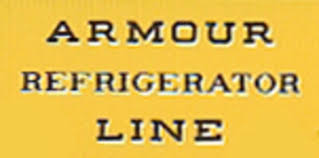 The Armour Refrigerator Line (ARL, one of the Armour Car Lines) was a private refrigerator car line established in 1883 by Chicago meat packer Philip Armour, the founder of Armour and Company.
The Armour Refrigerator Line (ARL, one of the Armour Car Lines) was a private refrigerator car line established in 1883 by Chicago meat packer Philip Armour, the founder of Armour and Company.
To get his products to market, Armour followed the lead of rivals George Hammond and Gustavus Swift when he established the Armour Refrigerator Line in 1883. Armour's endeavor soon became the largest private refrigerator car fleet in America. By 1900, the company listed over 12,000 units on its roster (one-third of all the privately owned cars in the country), all built in Armour's own car plant.
One of the Armour Car Lines' subsidiaries was dedicated to produce hauling. In 1919 the Federal Trade Commission ordered the company's sale for anti-trust reasons. On March 18 of the following year the new entity, to be known as Fruit Growers Express (FGE), would take with it 4,280 pieces of rolling stock, repairs shops at Alexandria, Virginia and Jacksonville, Florida, and numerous ice plants and other facilities scattered throughout the East Coast.
The General American Transportation Corporation assumed ownership of the line in 1932.
From Wikipedia

To get his products to market, Armour followed the lead of rivals George Hammond and Gustavus Swift when he established the Armour Refrigerator Line in 1883. Armour's endeavor soon became the largest private refrigerator car fleet in America. By 1900, the company listed over 12,000 units on its roster (one-third of all the privately owned cars in the country), all built in Armour's own car plant.
One of the Armour Car Lines' subsidiaries was dedicated to produce hauling. In 1919 the Federal Trade Commission ordered the company's sale for anti-trust reasons. On March 18 of the following year the new entity, to be known as Fruit Growers Express (FGE), would take with it 4,280 pieces of rolling stock, repairs shops at Alexandria, Virginia and Jacksonville, Florida, and numerous ice plants and other facilities scattered throughout the East Coast.
The General American Transportation Corporation assumed ownership of the line in 1932.
From Wikipedia
Brand/Importer Information:
In 1967, Aurora Plastics Corporation started importing the Minitrix N Scale product line. These trains were marketed as Postage Stamp Trains. It was a bold entry into what would become a very active market in the new N-Scale model train market. The basic starter set took advantage of N-Scale’s small size by packaging everything necessary for a small model railroad in a book-like box. The larger starter sets were packaged in more conventional boxes. Aurora went out of business in 1977.
The Body styles of this product line were made in Austria by Roco, imported into the United States by Minitrix and then rebranded by Aurora. Some of the exact same molds were also produced by Roco for Atlas who branded them using their own name.
A lot of information can be found on All about Aurora Postage Stamp Trains web site by David K. Smith.
The Body styles of this product line were made in Austria by Roco, imported into the United States by Minitrix and then rebranded by Aurora. Some of the exact same molds were also produced by Roco for Atlas who branded them using their own name.
A lot of information can be found on All about Aurora Postage Stamp Trains web site by David K. Smith.
Manufacturer Information:
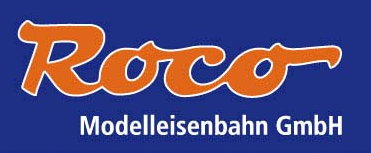 The company was founded in 1960 by Ing. Heinz Rössler and started with a plastic Minitanks series of military vehicles. After export to the USA became successful, the model line was expanded with model trains in HO scale and the smaller N scale. TT scale was also subsequently added to the product line. The model rail product line covers many European countries including Germany, Belgium, Luxembourg, France, Spain, Austria, Italy, Switzerland, Sweden and the Netherlands, and also the USA.
The company was founded in 1960 by Ing. Heinz Rössler and started with a plastic Minitanks series of military vehicles. After export to the USA became successful, the model line was expanded with model trains in HO scale and the smaller N scale. TT scale was also subsequently added to the product line. The model rail product line covers many European countries including Germany, Belgium, Luxembourg, France, Spain, Austria, Italy, Switzerland, Sweden and the Netherlands, and also the USA.
On July 15, 2005 ROCO Modellspielwaren GmbH was declared bankrupt. From July 25 the company continues as Modelleisenbahn GmbH, but still uses the Roco brand and associated logo. On October 1, 2007, distribution of the 'Minitank' product series was assigned to the German model car manufacturer Herpa.
Since February 2008 Modelleisenbahn also owns Fleischmann, which like Roco had gone bankrupt. The two companies continue as separate brands under Modelleisenbahn GmbH, while benefiting from economies of scale through joined development projects, marketing and procurement.
From Wikipedia

On July 15, 2005 ROCO Modellspielwaren GmbH was declared bankrupt. From July 25 the company continues as Modelleisenbahn GmbH, but still uses the Roco brand and associated logo. On October 1, 2007, distribution of the 'Minitank' product series was assigned to the German model car manufacturer Herpa.
Since February 2008 Modelleisenbahn also owns Fleischmann, which like Roco had gone bankrupt. The two companies continue as separate brands under Modelleisenbahn GmbH, while benefiting from economies of scale through joined development projects, marketing and procurement.
From Wikipedia
Item created by: bluedragon0
on 2017-12-28 18:18:45
Last edited by: CNW400 on 2020-05-12 15:10:07
If you see errors or missing data in this entry, please feel free to log in and edit it. Anyone with a Gmail account can log in instantly.
Last edited by: CNW400 on 2020-05-12 15:10:07
If you see errors or missing data in this entry, please feel free to log in and edit it. Anyone with a Gmail account can log in instantly.



